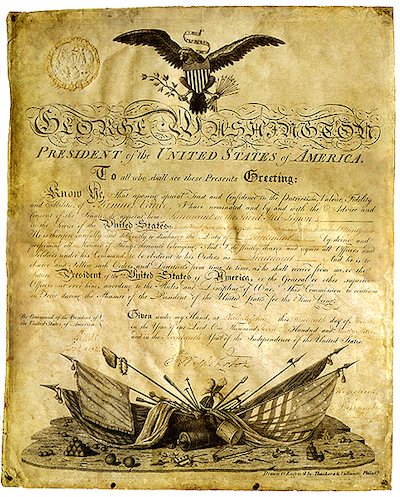NOTE: This article contains personal opinions.
 I recently received an email message from a reader of this newsletter in which she bemoaned the quality of genealogy information found on the Internet. She went on at some length to say that the information found online is full of inaccuracies, is posted by people who don't know what they are doing, and that "all genealogy information found on the Internet should never be trusted."
I recently received an email message from a reader of this newsletter in which she bemoaned the quality of genealogy information found on the Internet. She went on at some length to say that the information found online is full of inaccuracies, is posted by people who don't know what they are doing, and that "all genealogy information found on the Internet should never be trusted."
I was sympathetic to what she wrote until that last part. NEVER be trusted?
I will be the first to agree that there is a lot of inaccurate SECONDARY information on the Internet. But let's not overlook the fact that the Internet also brings us images of ORIGINAL source records as well.
Want to see the record of your great-great-grandparents in the U.S. Census? Click with your mouse and look at the IMAGE of the original entry without leaving your home. Want to see a naturalization record? IMAGES of many of them are available online. Would you like to see granddad's World War I Draft registration form that lists information about parents? The IMAGE of the original document is available online. Want to see an obituary? Several online services provide IMAGES of the newspaper obituaries. And how about the Southern Claims records, many of which were never available before on microfilm? IMAGES of each record are now available online.
Yes, the Internet certainly is a mix of good and bad news, but let's not condemn everything. Looking at images of original source records on the Internet makes us better genealogists than those of us who used to be limited only to transcribed (secondary) sources. We have much more information available today than ever before. Some of it is good information, such as IMAGES of original records. Other information found online is questionable, such as secondary information contributed by someone else. Let's not condemn everything simply because some of it is bad.
We do have an education problem. We need to educate newcomers as to what information is immediately believable versus what information requires independent verification. This education process must be active on all genealogy sites, including this one, and must continue forever as new genealogists join us. However, I will suggest that this requirement for education should not stop us from looking at images of original records.
There is an old saying that pops to mind, something having to do with babies and bathwater.
Looking forward ten or twenty years, I suspect that eventually all of us will focus primarily on images of original records, as found on the Internet. As millions and millions of additional images come online, the references we all enjoy will continue to improve. I see that as a great advance in genealogy scholarship.